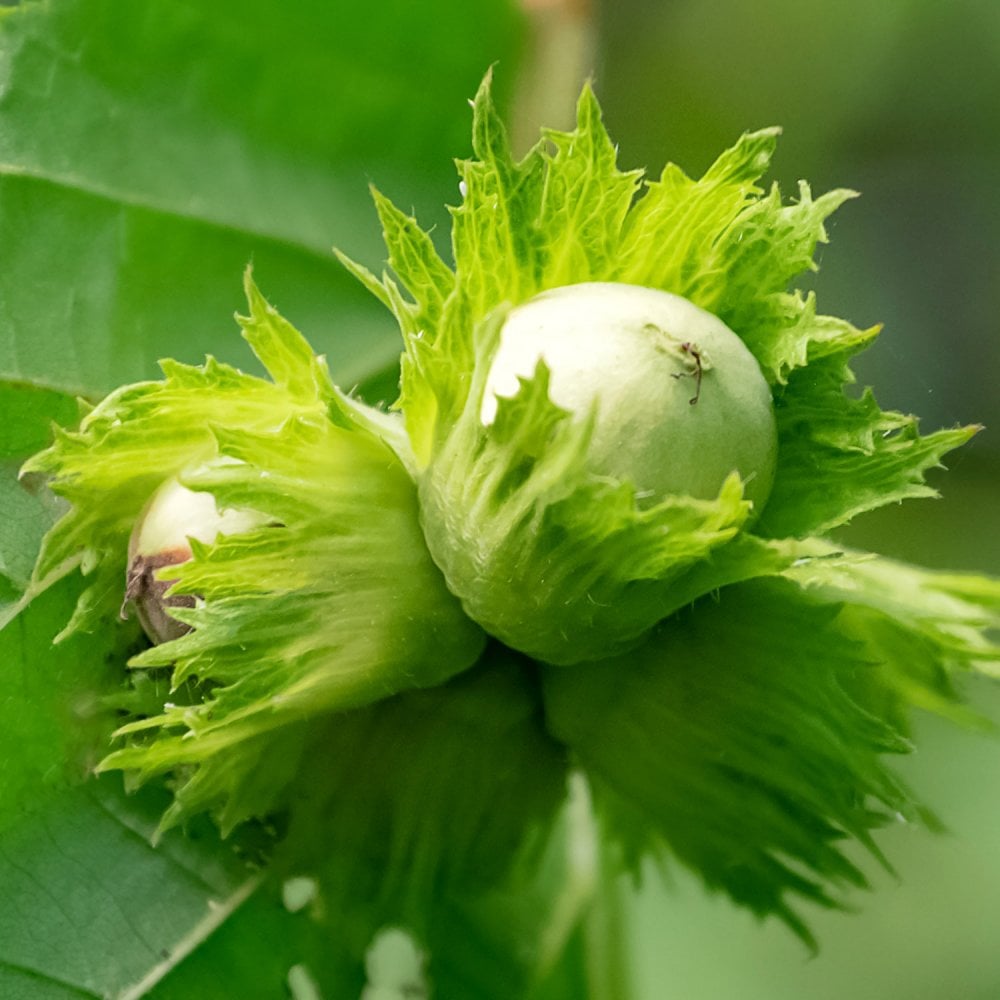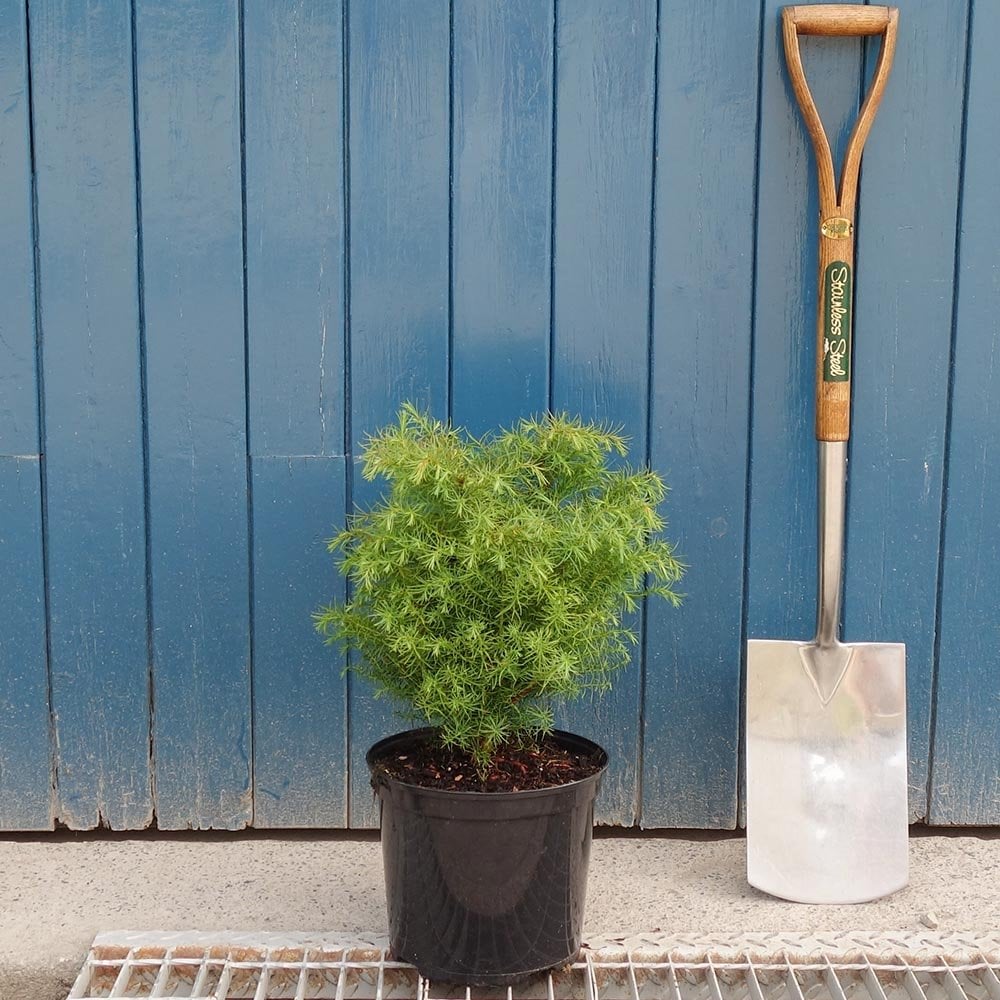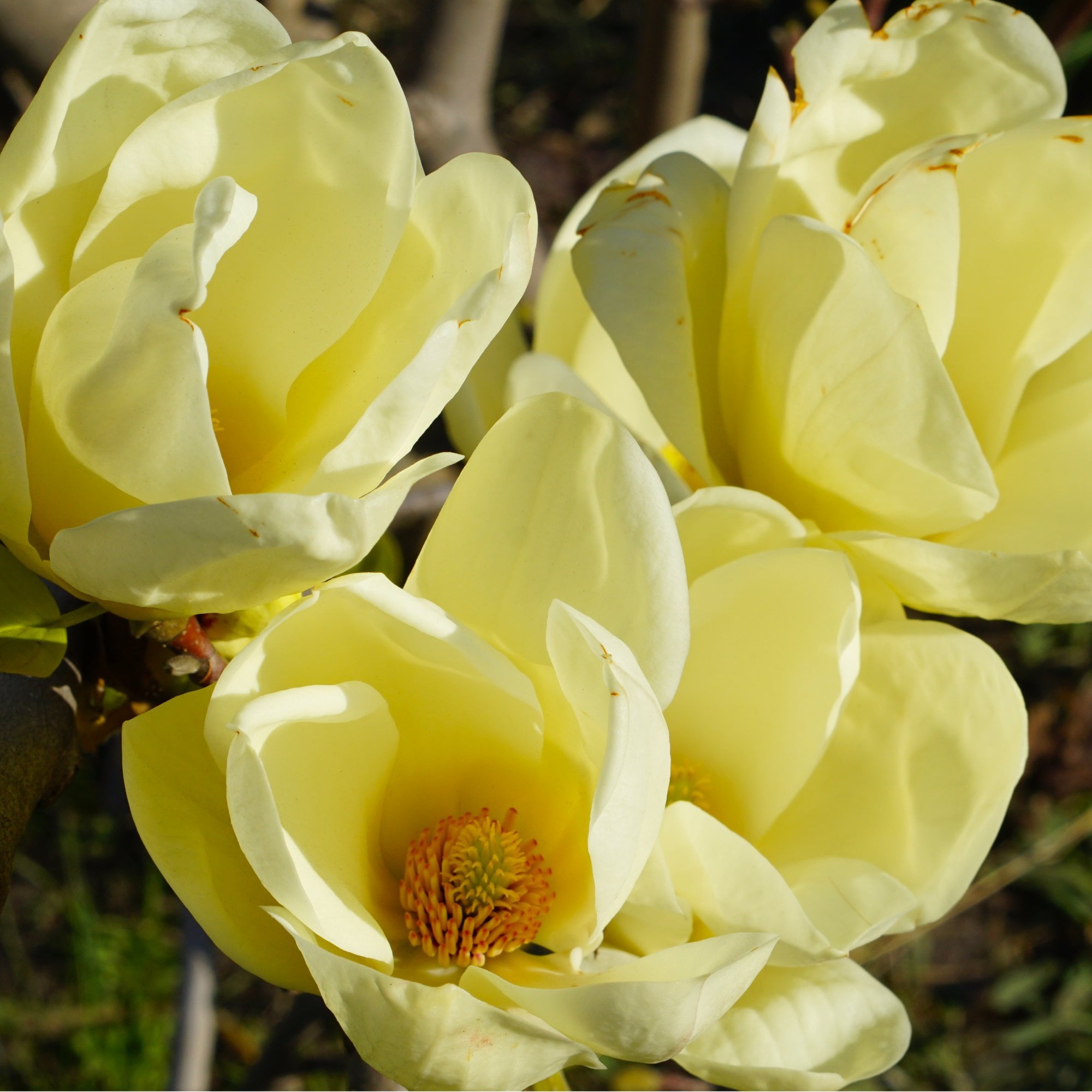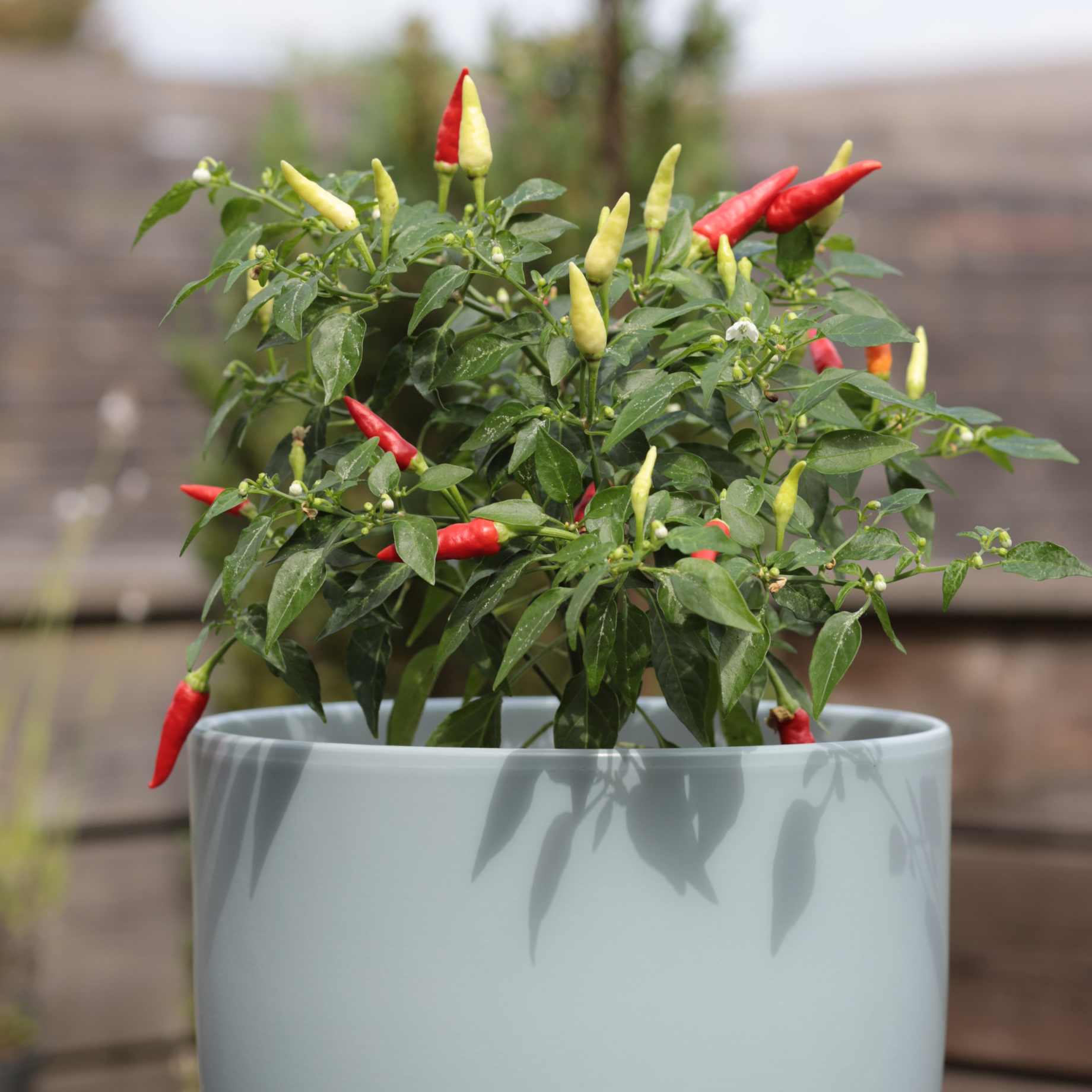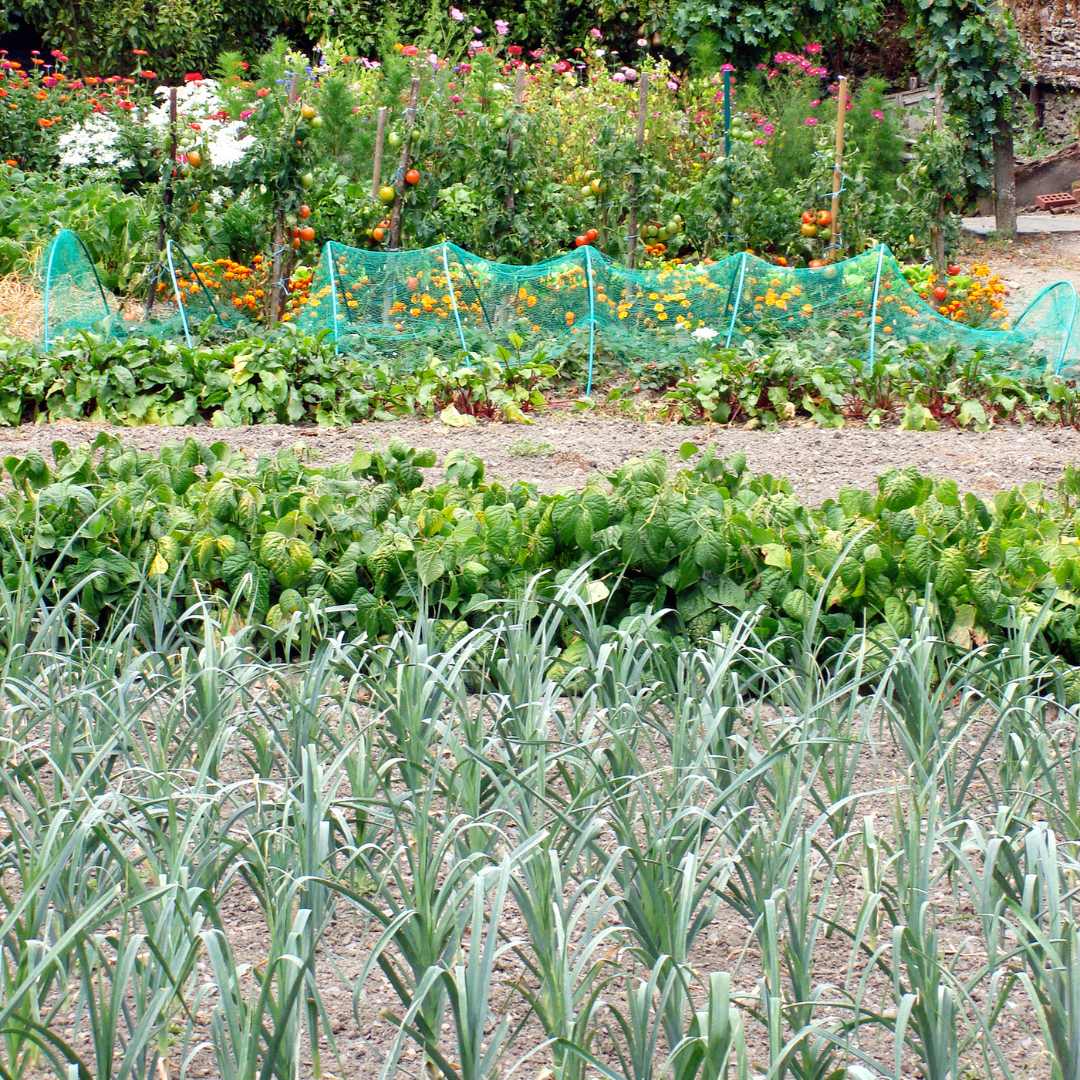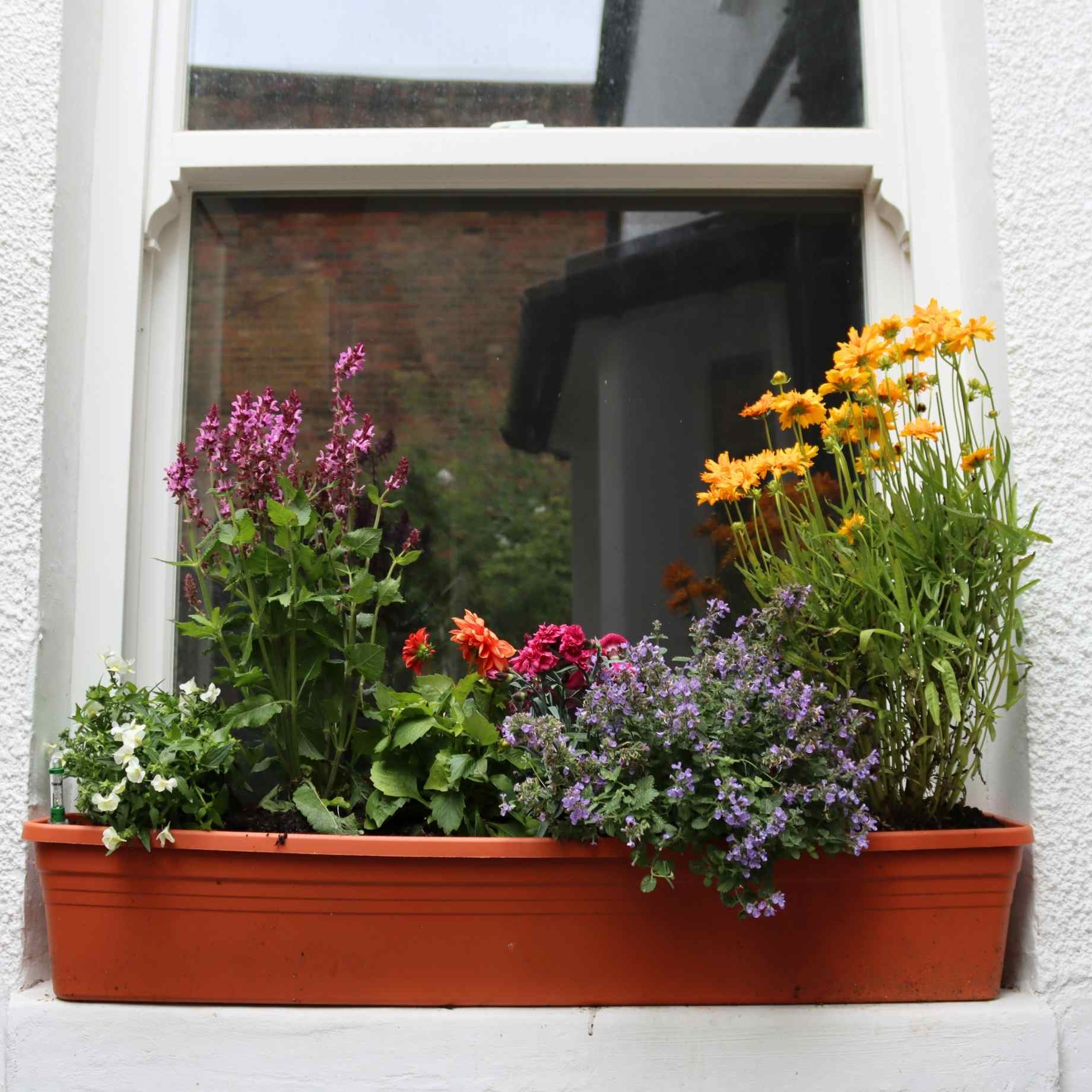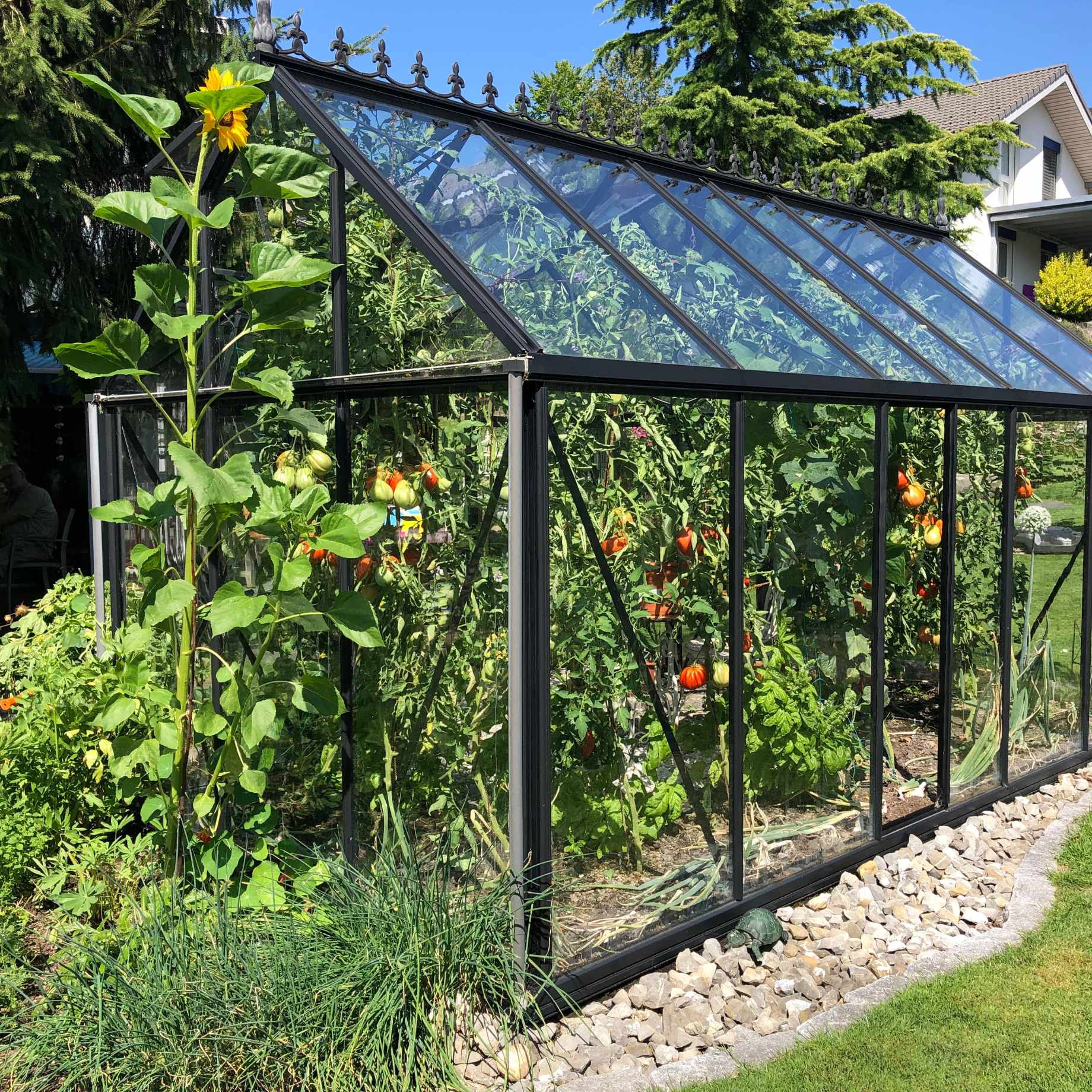Key features
Final size4 x 4 metres in 20 years
FruitNuts can be eaten green or stored
Cropping periodMid season
PositionFull sun to part shade
SoilPrefers alkaline to neutral soil
Description
A close relation to Hazels and Cob nuts, the Filbert is generally larger and tastier than both. ‘Cosford’ is a reliable variety producing filbert nuts with a long husk or beard. The nuts can be eaten green when they have a delicate flavour or stored through the winter. A pollinator is required, another variety of filbert, any hazelnut or cob will pollinate, even the native hazel ‘Corylus avellana’ is a suitable pollinator and is often found in native hedgerows.
‘Cosford’ wiill tolerate some shade and grows well on any well drained soil out of exposure. Attractive catkins provide winter interest. View all edible nut trees.
AKA Corylus avellana ‘Cosford’, Hazel ‘Cosford’
Planting Steps
1Preparation
- Pot-grown plants can be planted at any time of year, whereas bare roots need to be planted between November and March.
- Clear weeds and grass within a metre of the planting hole.
- Dig a hole as deep as the root mass and twice as wide.
- To help your plant establish more effectively, sprinkle Rootgrow in the hole.
2Planting
- Gently loosen the roots and place into the planting hole.
- Ensure the top of the plant’s compost is flush with the level of the surrounding soil and the graft union or collar of the tree is above ground level.
- Mix 50% of the original soil with 50% compost.
- Fill in the hole, firming the soil gently.
3Last Steps
- Water generously around the base of the plant.
- If you are planting either a single stem tree or mature standard tree, we recommend adding a staking kit and rabbit guard.
Aftercare Advice
Trees and shrubs require a good watering regime for a couple of years whilst they establish. Water well and regularly through spring and summer, increasing in hot or dry weather. If planting in autumn, you may only need to water a little. It is advisable to keep the area free of competing weeds and grass during this period.
For more detailed advice and video guides, please visit our Help & Advice section.

